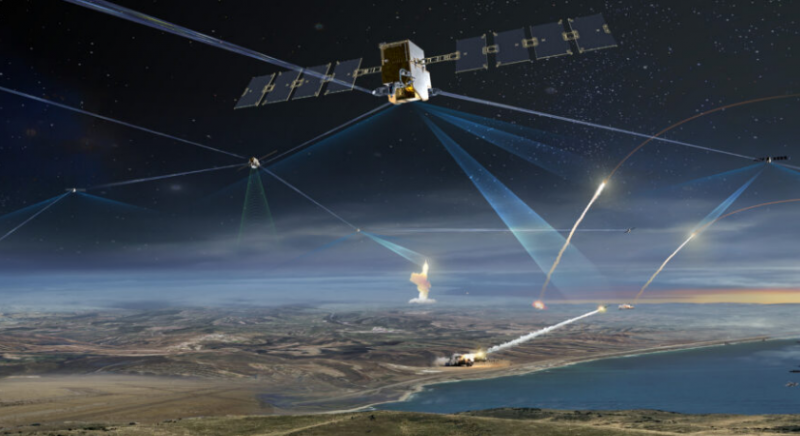
US: According to the Pentagon The US will spend $1.3 billion to develop advanced satellites capable of tracking hypersonic missile threats which announced two new contracts that will put detection and tracking systems in orbit by 2025.
According to Derek Tournier, director of the Space Development Agency, the contract will provide 28 satellites as the US takes steps to expand and enhance its ability to counter growing threats from Russia and China.
Both countries have made progress in the development of hypersonic missiles, which are more difficult to track and shoot due to their greater maneuverability in flight than conventional weapons. China tested a hypersonic missile last year and Russia has used weapons in Ukraine.
"Russia and China are developing and testing hypersonic glide vehicles, which are these advanced, maneuverable missiles," Tournier told Pentagon reporters on Monday. "These satellites are specifically designed to go after next-generation threats so that we can detect, track and predict the impact point of these hypersonic maneuvering vehicles."
Congress provided additional funding for the program in response to concerns in the Indo-Pacific region, particularly in response to China's rapidly progressive military development.
Hypersonic weapons are defined as anything that travels at Mach 5 or five times the speed of sound. That's about 6,100 km/h (3,800mph). Intercontinental ballistic missiles far exceed that range, but travel in a predictable path, allowing them to be intercepted.
According to Tournier, historically, the US has not flown satellites designed to detect and pursue such maneuverable hypersonic weapons.
"We have limited ability to do that tracking aspect right now," he said. However, he added, "frankly, we don't have zero ability to do the tracking."
He claims the new satellites will allow the US to detect the launch, track the hypersonic missile as it changes course, calculate its location, and provide information to forces that can launch the interceptor.
The contracts were awarded to teams led by L3Harris Technologies of Melbourne, Florida and Northrop Grumman Strategic Space Systems of Redondo Beach, Calif.
L3Harris will build 14 satellites for approximately $700 million, while Northrop will build 14 satellites for approximately $617 million. The total cost of the program, including launch, ground control and support, would be approximately $2.5 billion.
According to Tournier, the program represents a shift toward a larger, overlapping system of satellites for the United States.
Instead of relying on larger, more expensive satellites that remain in orbit for 15 or more years, the United States will have a greater number of smaller satellites that will be replaced every five years.
He said one set would be in a low orbit of about 1,000 km, and the other set in a medium orbit of 10,000-20,000 km, which would provide a more flexible appearance. He predicted that the first 28 satellites would be followed by a second group of about 54 satellites.
The United States, the United Kingdom and Australia announced earlier this year that they would collaborate to develop a hypersonic missile.
The announcement was made in April amid growing concerns about China's growing military assertiveness in the Pacific. Last October, US Army General Mark Milley, the chairman of the Joint Chiefs of Staff, reaffirmed China's hypersonic weapons test, calling it a "very important event" that was "very worrying".
US economic picture unclear amid mixed data
Have you seen a 13 billion-year-old "universe"? NASA releases stunning photos
Indiscriminate firing in America's Freedom Day Parade, 5 dead''